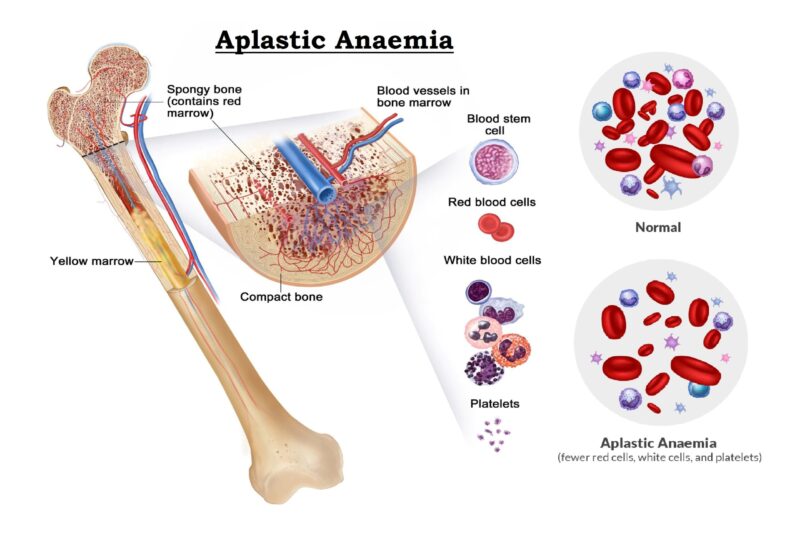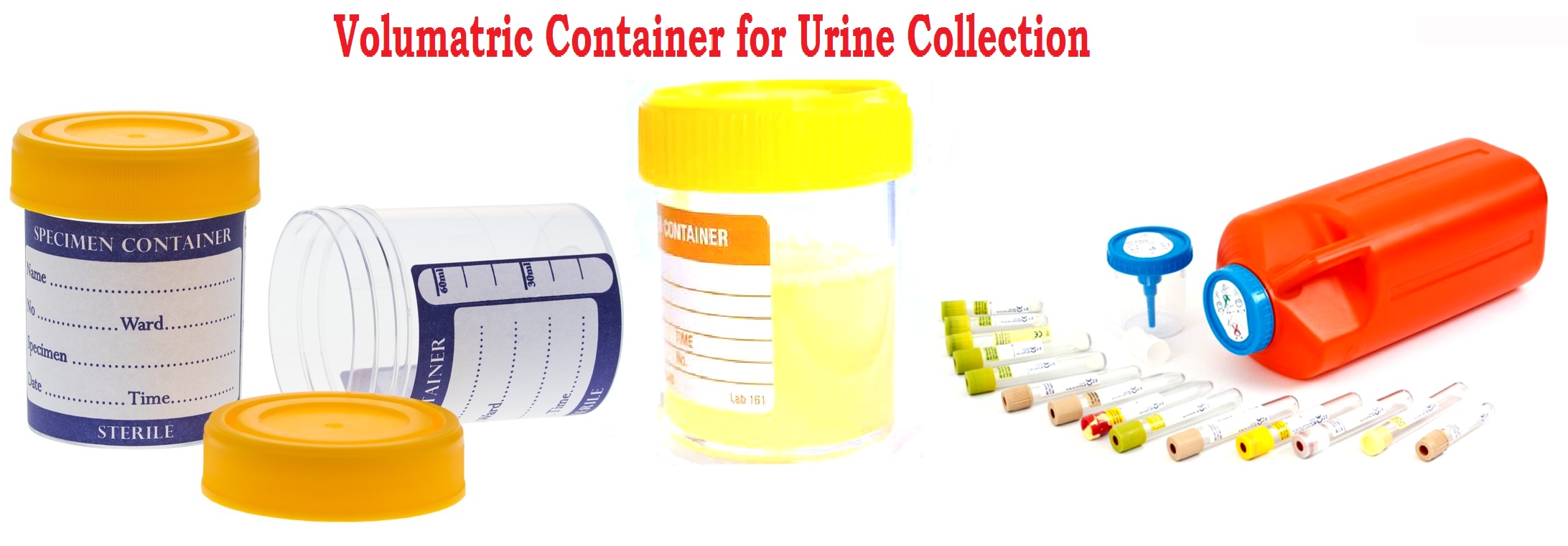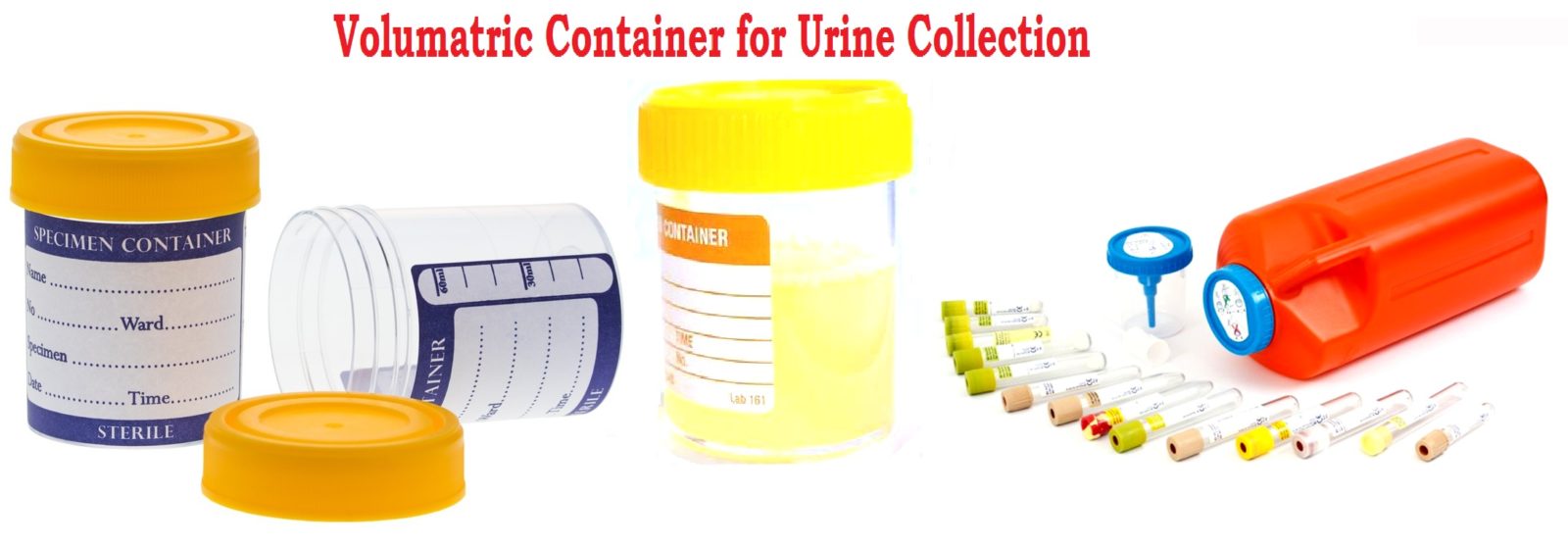Collection and Preservation of Urine
COLLECTION OF URINE
Certain important considerations are to be borne in mind relative to the collection of urine specimen for examination. Serious errors in the interpretation of results may be obtained if the following methods are not applied carefully.
COLLECTION OF URINE FOR SCREENING PURPOSES
For Chemical and Microscopic examination, a clean voided early morning specimen and also two hours after the principle meal are suitable. Early morning urine specimen is usually preferred because not only is it most concentrated but also it has a low PH (Normally, urine is slightly acidic PH-6.0), which preserved the formed elements (erythrocytes, leukocytes, epithelial cell, cast, crystal etc.) present in the urine. The early-morning specimen is particularly collected for detection of HCG hormone (for pregnancy) and for reporting the fasting glucose level (for Diabetes mellitus). A specimen collected about three hours after a principle meal is most suitable for searching the abnormalities in metabolism. Postprandial specimens are used for the analysis of glucose, Urobilinogen and creatinine under special circumstances. For screening purpose, 300 ml capacity container is used for collection of urine specimen.
COLLECTION OF URINE FOR QUANTITATIVE ANALYSIS
A 24-hours specimen is collected for many assays such as for the detection of Urobilinogen, Xylose excretion, Hormones, Proteins, Electrolytes and Quantitative cell count. Errors in the results of quantitative urine examination are more often related to collection problems. The early morning urine specimen is discarded and all the urine during the next 24-hours including the early morning urine of the next day is collected. 5-litres capacity container is used for collection of 24-hours urine specimen.
COLLECTION OF URINE FOR BACTERIOLOGICAL EXAMINATION
A mid-stream urine specimen is required for bacteriological examination. About 30 – 100 ml of a clean voided mid-stream urine specimen should be collected, but Catherization or Suprapubic aspiration of the bladder is some time necessary.
Bacteriologic culture should be done immediately and when it is not possible, the urine should be refrigerate at 4ºC untilled cultured, the period is not more then 12-hours. Before voiding the specimen from a patient must be clean the glints penis or vulva properly. The initial urine is discarding and a clean-catch mid-stream specimen is collected.
COLLECTION OF MID-STREAM URINE SPECIMEN
Mid-stream urine specimen collection technique is used for mainly bacteriological examination and microscopic examination but it also used for routine examination of urine.
1. Clean the discharge-organ and rinse thoroughly with clean water or sterile saline ( for bacteriological examination).
2. Taken a clean and dry 300-ml capacity container (for bacteriological examination, sterile container is required).
3. First part of the urine is discarding, middle part of the urine is voided in the container (about 100 ml) and then last part of the urine is discard.
For bacteriological examination, don’t added preservatives in the urine. Examine the urine specimen within 1 – 2 hours after voiding. If delay the test, preservatives is used for preservation of constitutes of urine and also refrigerate the specimen at 2 - 8ºC.
PRESERVATION OF URINE
No preservation are required if the urine is examined within 1-2 hours after voiding. If delay is anticipated, refrigerate but not freeze. Preservatives are required for 24-hours specimen collection. When 24-hours specimen are collected or when a sample is to be mailed to a distant laboratory for examination, to prevent decomposition and contamination it is necessary to added preservatives to the urine. Most of the preservatives are bacterio-static that is they create an unfavorable medium for the growth of the micro-organisms in the standing urine specimen.
Many variety of preservatives are available, these are the follows:
-
TOLUENE :- (2ml/100 ml of urine)
Toluene is the best all-round preservative and is added in sufficient quantity to form a thin layer on the surface of the urine, good for chemical constituents. But it is interferes with protein estimation by Sulfosalicylic acid method. It is not effective if bacteria are already present in the urine specimen.
-
THYMOL OR FORMALIN OR CHOLOROFORM :- (1 drop or crystal/ 30 ml of urine)
They are excellent preservatives for the formed elements (erythrocytes, pus cells, epithelial cells cast, crystal etc.). In the amount of 1.5 ml of Formalin or 50 drops of chloroform is used for preservation of 24-hours urine specimen.
But thymol or formalin or chloroform interferes with sugar, acetone (ketone bodies) estimation.
-
CONCENTRATED HCL :-
10 ml of Concentrated HCL acid is useful for all chemical examination, specially calcium and nitrogen content.
-
BORIC ACID :-(50 gm/ 24-hours of urine)
Boric acid is also used in the place of Concentrated HCL acid.
-
SODIUM CARBONATE :-
The preservation of the Urobilinogen required a special preservative – A half tea-spoonful of Sodium Carbonate placed in the container before the collection of the urine specimen ensures alkalinity.
-
COMMERSIAL PRESERVATIVE TABLET :- (1 tab./30 ml of urine)
It is good for preservation of sediment (formed) elements.






